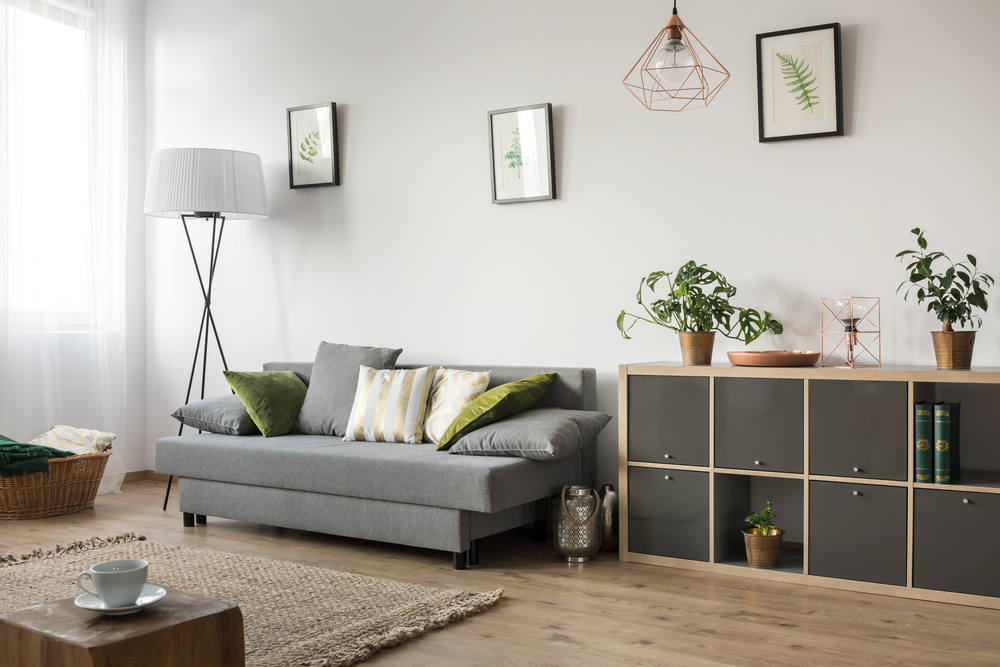The Benefits of Multifunctional Furniture
In today’s fast-paced world, where urban living spaces are often limited and the demand for practicality is high, multifunctional furniture has become more popular than ever. As we approach 2025, the trend towards smart and adaptable living environments continues to grow, making multifunctional furniture an essential part of modern homes and offices. This type of furniture not only optimizes space but also offers versatility, convenience, and aesthetic appeal. In this article, we will explore the numerous benefits of multifunctional furniture and why it is a smart investment for 2025 and beyond.

Maximizing Space Efficiency
One of the most significant advantages of multifunctional furniture is its ability to maximize space efficiency, especially in small apartments, studios, or compact offices. With urban populations rising and living spaces shrinking, finding ways to optimize every square foot has become crucial.
Multifunctional furniture like sofa beds, foldable tables, storage ottomans, and wall-mounted desks can transform small rooms into multifunctional spaces. For instance, a sofa that converts into a bed allows a living room to double as a guest bedroom, eliminating the need for an extra room. Similarly, nesting tables or expandable dining tables can provide additional surface area when needed and be tucked away to save space during off-hours.
By integrating multiple functions into a single piece, these furniture items help reduce clutter and make rooms feel larger and more organized. This is particularly helpful in urban apartments where every inch counts.
Enhancing Versatility and Adaptability
Multifunctional furniture is designed with adaptability in mind, allowing users to modify their living or working environments quickly and easily. This versatility is invaluable in a world where lifestyle needs can change frequently or unexpectedly.
For example, an adjustable-height desk can serve as a sitting or standing workstation, promoting ergonomic health and accommodating different working styles throughout the day. A coffee table that converts into a dining table can cater to both casual lounging and formal meals, adapting to social or family needs. Murphy beds that fold into the wall free up floor space during the day, enabling rooms to serve multiple purposes.
In 2025, as remote work and hybrid lifestyles become the norm, the ability to reconfigure spaces without costly renovations or additional furniture purchases is a major benefit. Multifunctional furniture supports this fluidity, making it easy to create work, relaxation, or entertainment zones as needed.
Cost-Effectiveness and Sustainability
Investing in multifunctional furniture can also be a smart financial decision. Instead of purchasing several separate pieces of furniture, consumers can buy one item that serves multiple purposes, reducing overall expenses. This consolidation can lead to significant savings, particularly for those furnishing a new home, dorm room, or office.
Moreover, multifunctional furniture contributes to sustainability efforts by promoting a minimalist approach to consumption. Fewer pieces of furniture mean less material usage, reduced manufacturing impact, and lower transportation emissions. High-quality multifunctional items often have a longer lifespan due to their durable design and timeless functionality, decreasing the frequency of replacement.
In 2025, environmental consciousness is a priority for many consumers, and multifunctional furniture aligns well with the principles of eco-friendly living. Choosing versatile pieces that adapt to changing needs helps reduce waste and supports a more sustainable lifestyle.
Improving Aesthetic Appeal and Interior Design Flexibility
Beyond functionality, multifunctional furniture offers considerable aesthetic benefits. Modern designs often blend form and function seamlessly, making these pieces stylish additions to any interior.
Designers are increasingly focusing on creating multifunctional furniture that complements various decor styles, from minimalist Scandinavian to industrial chic. For example, modular sofas can be reconfigured to suit room layouts or personal preferences, while storage beds often feature sleek, hidden compartments that maintain a clean look.
The flexibility of multifunctional furniture allows homeowners and designers to experiment with interior layouts without committing to permanent fixtures. This adaptability enhances creativity in decorating and makes it easier to refresh a space’s look over time.
Conclusion
As we move further into 2025, multifunctional furniture stands out as a practical, economical, and stylish choice for modern living. Its ability to maximize space, provide adaptability, save costs, and support sustainable living makes it an indispensable element in contemporary home and office design. Whether you live in a compact city apartment or a spacious suburban home, incorporating multifunctional furniture can bring significant benefits, helping you create a more efficient, comfortable, and beautiful environment.
Embracing multifunctional furniture is not just a trend but a smart lifestyle decision that meets the evolving demands of modern life. By investing in these versatile pieces, you can enjoy greater freedom in how you use your space while contributing to a more sustainable future.
Disclaimer: All content, including text, graphics, images and information, contained on or available through this web site is for general information purposes only. The information and materials contained in these pages and the terms, conditions and descriptions that appear, are subject to change without notice.




